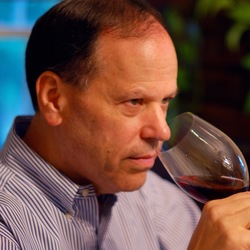Decorked: Champagne Base Vintage & Disgorgement Dates
Taittinger
Réserve à Reims Brut Champagne Blend
Medium-bodied with aromas of spiced apple & brioche. Crisp acidity, notes of green apple, nutmeg, biscuit, buttery Chardonnay hints, and citrus. Good length. — 11 years ago
Pierre Gimonnet & Fils
Cuvée Cuis 1er Cru Brut Champagne
Since 1750 the Gimonnet family have been vine growers in the village of Cuis, supplying the great Champagne houses with grapes up until the 1930's recession, when sales fell. Today the estate is run by Pierre's sons, Michel and Didier, and in 1987 acquired the house of Larmandier Père et Fils based in Cramant. Classic BdB, light and refreshing, great balance, complex with perfectly ripe fruit, bubbles and mousse. Lingering finish with bright mineral ending. — 8 years ago
Pol Roger
Réserve Brut Champagne Blend
Tasty biscotti like flavour that has nice great persistence and then layers with lemon curd. A great champagne for those who like power but something a bit more refined. I am a bolli guy who can't afford krug. My old boss at universal wine bar in Adelaide used to drink it every weekend. Classic! — 10 years ago
Charles Heidsieck
Brut Réserve Champagne Blend
BO'S tasting - 60% 07 vintage with 10 further back vintages in blend - no oak treatment - an opulent wine - probably the best NV on the market in Oz - "a clean Krug!" — 10 years ago
Egly-Ouriet
Brut Tradition Grand Cru Champagne Blend
75% Pinot Noir, 25% Chardonnay from 35- to 40-year-old vines; 100% grand cru.
Rich texture in the wine with a tighter bead. Stone fruit, tea, and a sort of ginger style spice hinting through. — 11 years ago









Ellen Clifford

This is slightly Pinot noir dominated. It is slightly tart yet also creamier. And toasty. It was like drinking a savory trifle. I’m not sure if that sounds appetizing but trust me, it worked! — 8 years ago